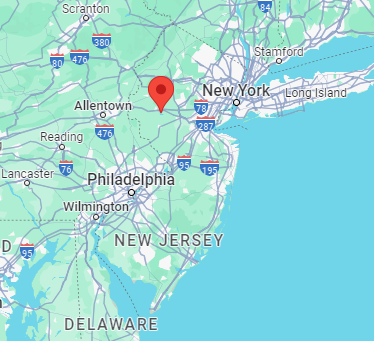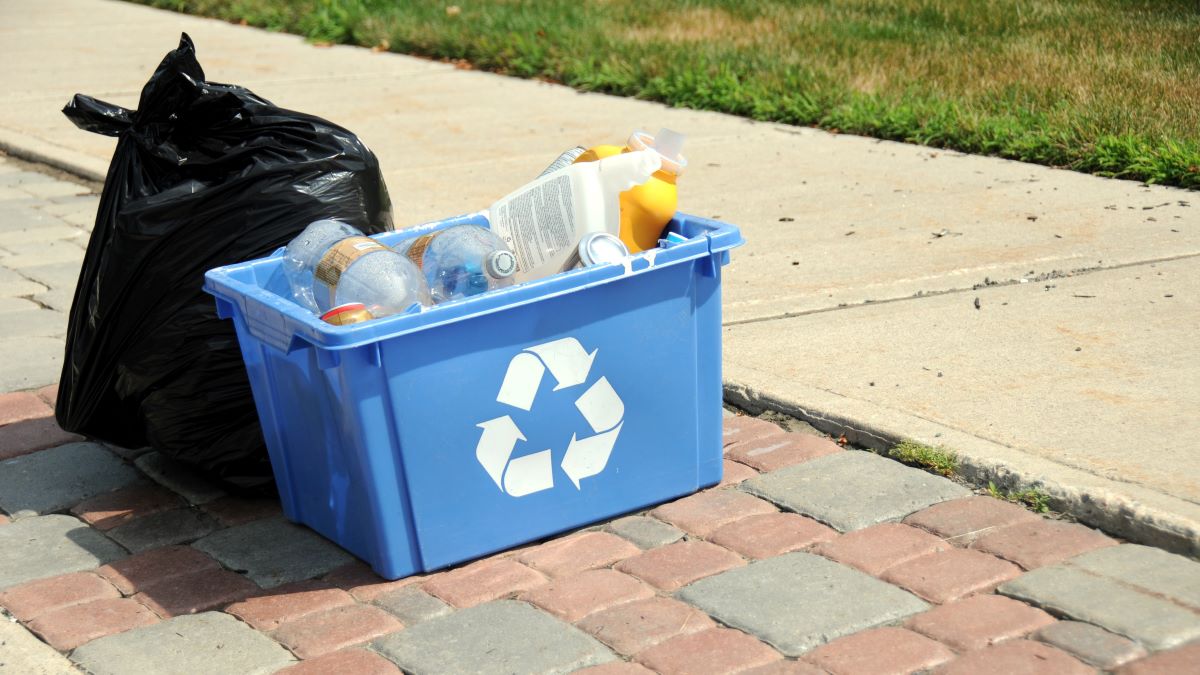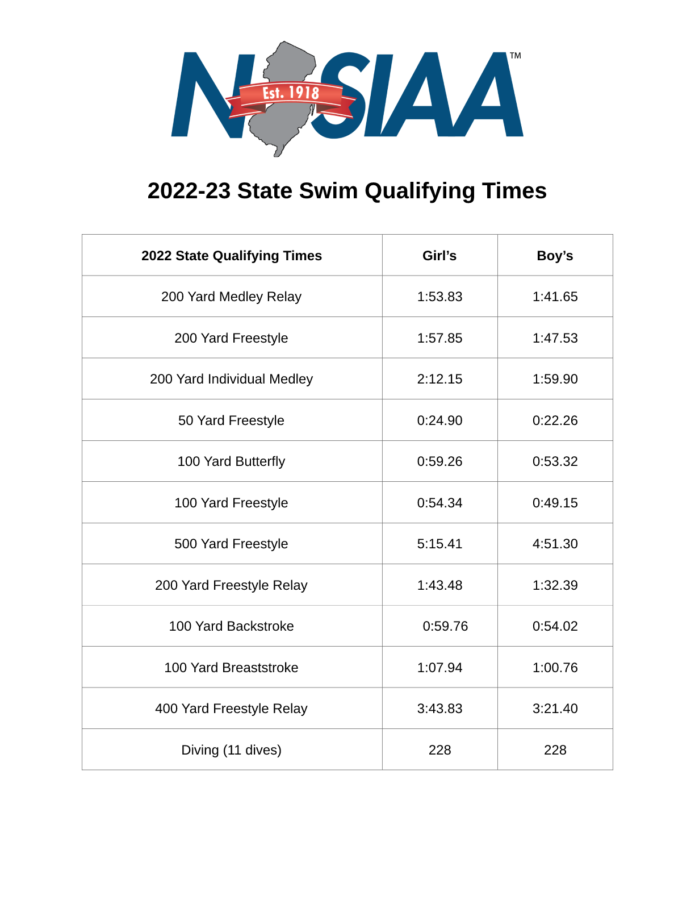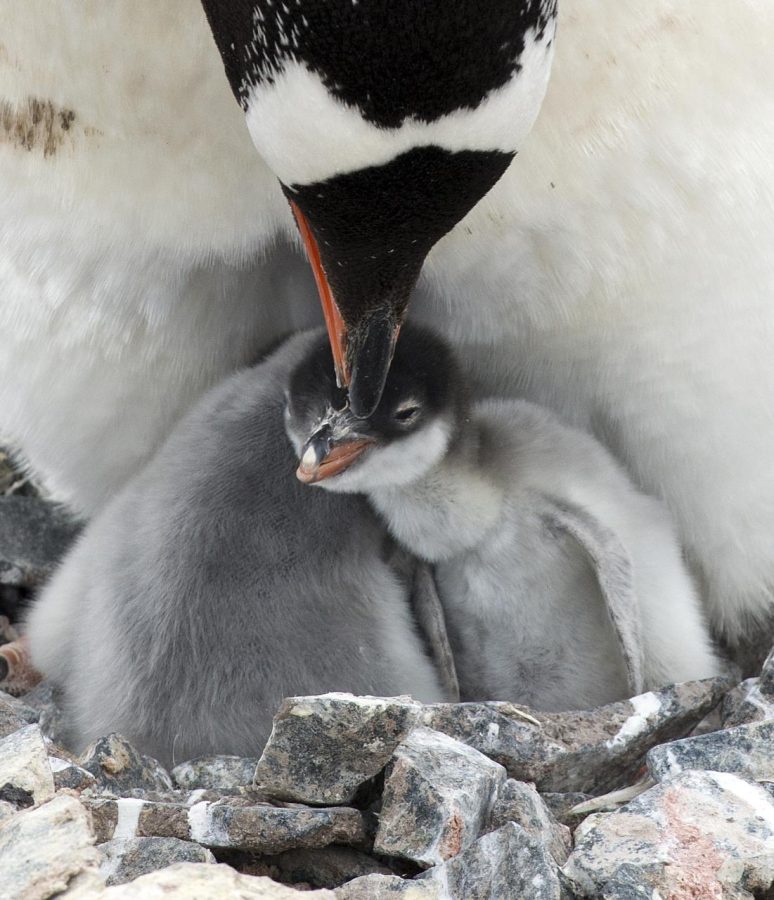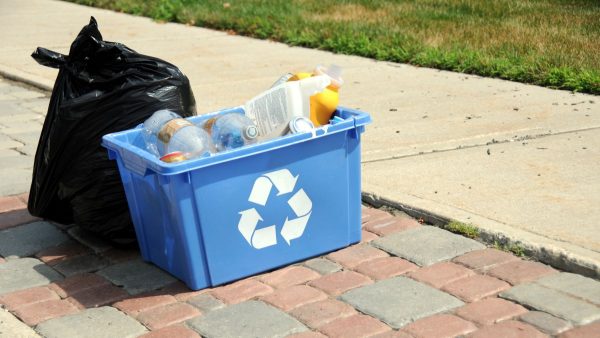The Flightless Birds
World Penguin Day is April 25th
Gentoo Baby Penguins
World Penguin day is celebrated on Tuesday, April 25th. Penguins are a group of aquatic birds that live mostly in the Southern Hemisphere, they belong to the Spheniscidae family. This day was created to teach others more about penguins, their habitats, and raise awareness, as they are going endangered. Out of the 18 species of penguins nearly half are going extinct.
Background
April 25th is the day of World Penguin Day because this is when the Adelie penguins start their yearly migration north towards Antarctica, the researchers at the McMurdo Station on Ross Island had noticed this. Researchers anticipate that introducing World Penguin Day will help people understand more important things about the birds. This holiday helps people raise awareness for these birds and about the dangers that penguins face. World Penguin Day also gives scientists, researchers, and marine biologists a chance for them to educate people on how they can help and prevent penguins from becoming extinct.
10 Species of Penguin
Gentoo penguin
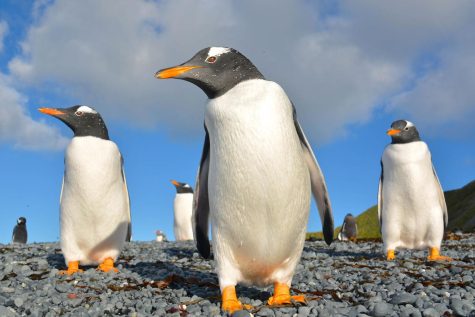
Gentoo penguins live on sub-Antarctic islands where there are chilly temperatures, which allow these penguins to breed, nesting conditions and foraging. Gentoo penguins live in ice-free areas like sheltered valleys, some cliffs and coastal plains. Gentoo penguins get their food from the ocean and you will rarely see them far from water. These types of birds feed on fish, squid and crustaceans, which is a food group that consists of invertebrate animals like crabs, shrimp, lobsters, etc. Adult gentoo penguins are usually 12 pounds and 30 inches tall, making them quite small.
King penguin
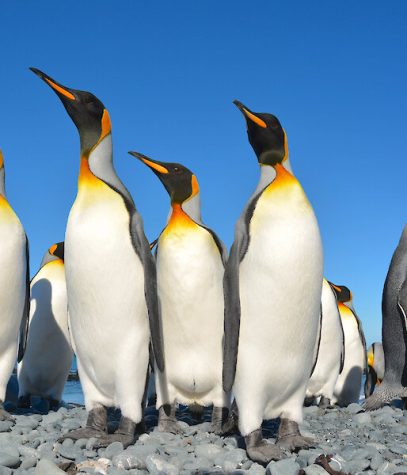
The King Penguin lives mainly on many of the sub-antarctic islands, they also live on Crozet, Prince Edward Island, Kerguelen Island, Heard Island, South Georgia, and Macquarie Island. The King Penguins have a prolonged breeding season of 14 to 15 months long, leading to a large range of the species making this species least concerned when it comes to endangerment. King Penguins can get up to 3.1 ft tall and weigh up to 33 pounds. The King Penguins have a quite special diet, consisting of small fish, such as lantern fish, squid, and small crustaceans.
Macaroni penguin
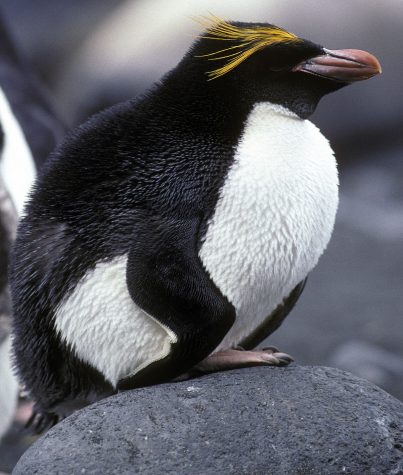
The Macaroni Penguin species also live on sub-antarctic islands and antarctic peninsula. These penguins can grow as big as 27 inches and only go to weigh as much as 10 pounds, leaving it on the smaller side of penguins. Macaroni Penguins eat animals such as krill, fish, squid, and crustaceans. Unfortunately these penguins are in the vulnerable stage of endangerment, meaning the species numbers are decreasing.
Emperor penguin
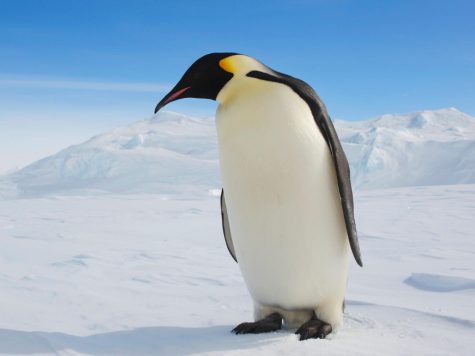
Emperor Penguins can only be found in Antarctica, these types of penguins rarely head north to sub-Antarctic waters. These penguins can dive to depths of at least 1700 feet in search of food. These types of female penguins lay a single large egg then will go to the ocean to feed, while the male will incubate the egg on his feet, until the egg is hatched, for two months in the middle of winter. The male penguin will not feed until the egg hatches and transfers the baby penguin back to the female penguin.
Chinstrap penguin
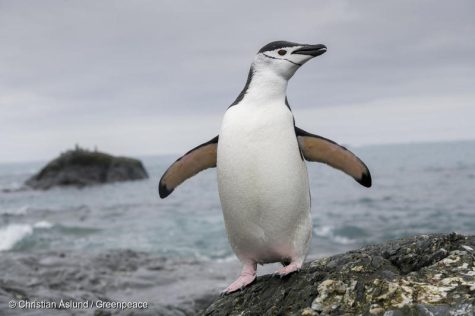
Greenpeace is in the Antarctic to investigate the impacts of the climate crisis as part of the Protect the Oceans Expedition, a year long pole to pole ship tour, campaigning for the establishment of ocean sanctuaries to safeguard this frozen region and its penguins, seals and whales, and to help address the climate emergency.
(This picture was taken in 2020 during the Antarctic leg of the Pole to Pole expedition under the Dutch permit number RWS-2019/40813) (© Christian Åslund / Greenpeac)
The Chinstrap Penguin can easily be identified by the line going under the penguins chin. It is another smaller penguin as it can grow up to 27 inches and weigh up to 10 pounds. The Chinstrap Penguin isn’t in a concerned area of endangerment, but the species is declining so it is possible for it to become vulnerable soon. This species almost exclusively eat krill but they will eat other small fish as available and as needed. The species have a circumpolar distribution, meaning they live around one of the earth’s poles.
Fairy penguin
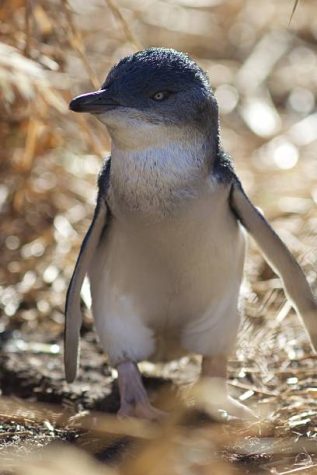
Fairy penguins, also known as little penguins or Little Blue Penguin, are found on the coastlines of New Zealand and Southern Australia. New Zealanders call this species of penguin the Little Blue Penguin or just Blue Penguin while Australians call it the Fairy Penguin, considering Australia already has a little penguin. These penguins are usually up to 16 inches (41 centimeters) and weigh up to 2 pounds (1 kilograms). Fairy penguins feed on smaller fish like anchovies, garfish and shrimp. Fairy penguins feed in shallow waters, they hunt for small fish, and for squid and krill they have to dive to the sea floor.
Adélie penguin
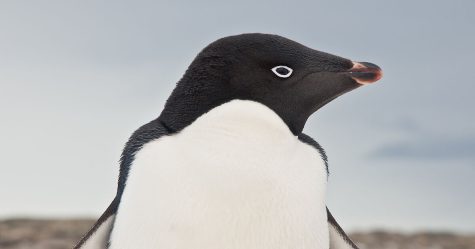
Adélie penguins commonly live along the entire coast of the Antarctic, this is the only place where you would be able to find them. These types of penguins eat tiny creatures like krill and small fish, and are also food for leopard seals and killer whale. These types of penguins are usually up to 23 – 27 inches and weigh about 9 pounds (4 kilograms). Adelie penguins start breeding in October, their nests are made up of piles of stone.
African penguins
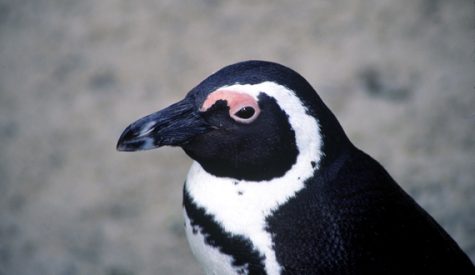
This penguin’s main habitat is South Africa which is how they inhabited their name. Adults normally stay within 400 km (248.5 miles) of their breeding ground. They can remain in sea for up to four months, they feed in pairs or sometimes up to groups of 150. This species breeds all year round yet have months where it peaks depending on location. This species is mainly found in water but it is normally close to land in case of needing to breed, rest, or moult.
Magellanic penguin
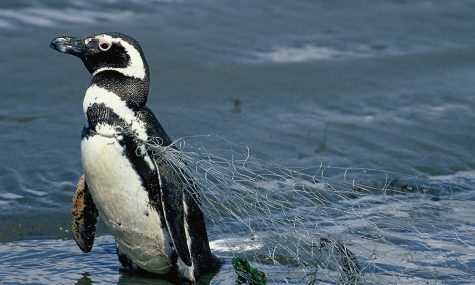
Magellanic penguins live along the coasts of South America, Africa, Australia, New Zealand, and Antarctica. They are currently in the least concerned section, as their population is fairly high. They can dive up to 100 meters, but they more often dive only up to a few dozen meters. They often search for food away from land, but occasionally they can be seen searching close to land depending on location.
Yellow eyed penguin
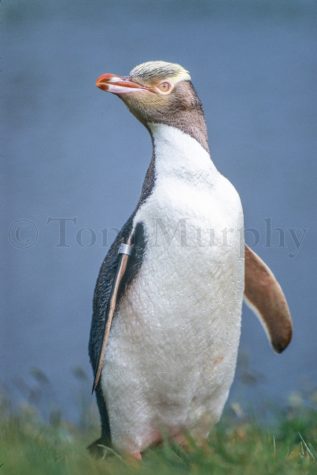
The yellow- eyed penguin is only found in New Zealand, they live in places of forest and shrubs. These penguins are endangered as a result of ongoing threats. These penguins have a distinctive yellow band that starts around their eyes and wraps around the back of their head. This species of penguins is the only one left in its genus, and presumed to be one of the oldest species of penguins.
Threats to Penguins
Fishing
Fisheries are a mass threat to penguins because of incidental mortality and resource competition, both fishers and penguins target the same species for food, making fishing nets also a great risk to penguins. Fishing nets are a threat to all of the species of penguins, but based on the different types of nets will cause different types of damage to penguins.
Climate change
Considering, greenhouse gas emissions are continuing to spike at its current rate, this will lead the warm temperatures to continue melting the ice in the Antarctic sea. This is bad for penguins because most of the penguin species live on the ice, they wouldn’t have habitats anymore. This could lead certain species of penguins to go extinct.
Plastic Pollution
Plastic ends up in our oceans where most penguins live, this can cause the penguins to ingest the plastic. Penguins can mistake some of the floating plastic as their favorite food items. Some of the plastic bags might even look like jellyfish, and floating plastics might look like fish to them.
Oil Spills
Oil spills affect penguins in two ways; the first being if penguins ingest the oil, which can cause them to have lower hormones, suppress breeding, and it can poison them; or through oil getting on the penguins feathers. Oil reduces the waterproof layer that penguins have on their feathers, making them lose buoyancy and leaving them vulnerable to the cold.
Sources https://www.birdlife.org/birds/penguins/#:~:text=Penguins%20are%20sadly%20one%20of,as%20either%20Vulnerable%20or%20Endangered. https://oceana.org/marine-life/gentoo-penguin/#:~:text=Gentoo%20penguins%20primarily%20feed%20on,seabirds%20in%20the%20animal%20kingdom. https://oceanwide-expeditions.com/to-do/wildlife/king-penguin https://www.antarctica.gov.au/about-antarctica/animals/penguins/king-penguin/#:~:text=King%20penguins%20are%20quite%20specialised,leopard%20seals%20and%20killer%20whales. https://oceana.org/marine-life/emperor-penguin/ https://oceanwide-expeditions.com/to-do/wildlife/macaroni-penguin https://www.aquariumofpacific.org/onlinelearningcenter/species/little_blue_penguin#:~:text=New%20Zealanders%20call%20this%20penguin,the%20top%20of%20their%20body. https://www.yellow-eyedpenguin.org.nz/penguins/about-the-yellow-eyed-penguin/ https://www.penguinsinternational.org/2019/01/09/penguins-wrapped-in-plastic/#:~:text=Penguins%20can%20interact%20with%20plastic,transferred%20along%20food%20chains2. https://www.coolantarctica.com/Antarctica%20fact%20file/wildlife/antarctic-penguins.php https://animalcorner.org/animals/adelie-penguin/

